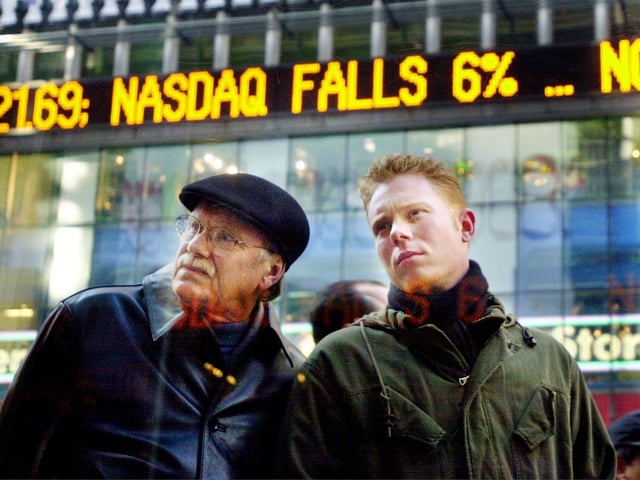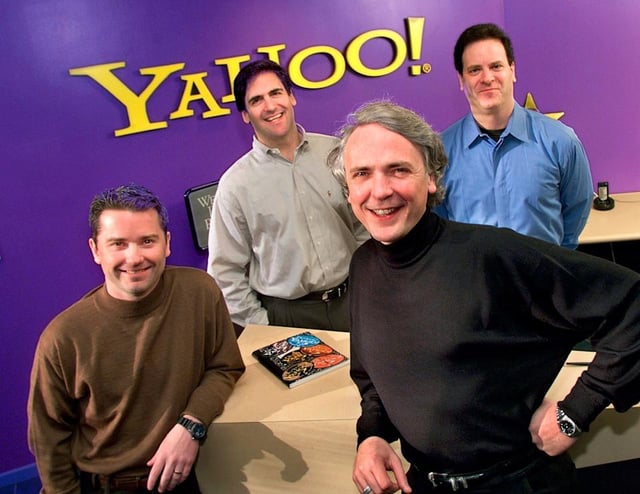Overview
- The Nasdaq Composite has dropped 13% in the past month, raising concerns of a prolonged correction in tech stocks following years of AI-driven market growth.
- Parallels are being drawn to the 2000 dot-com crash, which saw the Nasdaq lose 78% of its value over three years, though some argue the current market is fundamentally different.
- Experts note that while AI hype has driven high valuations, companies like Nvidia demonstrate significant profitability, unlike many profitless firms during the dot-com era.
- Market analysts suggest the current cycle is in the 'concern/fear' phase, with further declines possible due to economic uncertainty and trade policy impacts.
- Some strategists argue the market is not in a bubble, citing the lack of IPO activity, restrained M&A, and more disciplined investment behavior compared to 2000.


